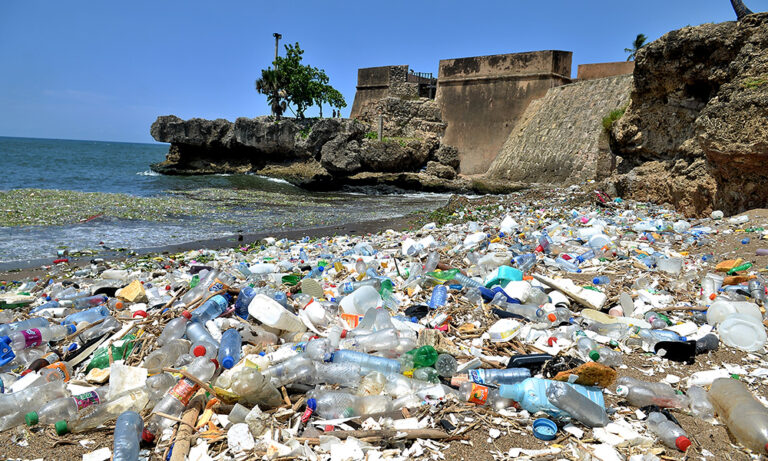World Environment Day 2023: In search of eliminating the plastic footprint

Today, on June 5th, we celebrate World Environment Day, an annual event established by the United Nations General Assembly in 1972. The purpose of this day is to promote global awareness and action in support of our natural habitat.
In an increasingly urbanized world, it is crucial to remember the significance of the health of our planet as a fundamental pillar for the survival and well-being of all its inhabitants. With the majority of the world’s population already residing in cities, and an estimated 150,000 people migrating to urban areas daily (equivalent to a new city the size of Los Angeles every month), the importance of sustainable urban development becomes evident. It is expected that by 2030, at least 2 billion more people will have moved to cities, particularly in developing countries.
This year, the focus of World Environment Day is on eliminating the use of plastics, an urgent environmental issue that requires immediate attention and action. According to UN data, approximately 300 million tons of plastic are produced each year, and the degradation process of this material can take up to 1,000 years. A significant amount of this plastic ends up in our oceans, leading to detrimental effects on marine life and disrupting entire ecosystems.
Our current use of plastic is unsustainable. Despite efforts to recycle, a large portion of the plastic produced ends up in landfills or the environment, causing catastrophic consequences for wildlife and ecosystems.
Plastic pollution impacts the environment in several ways:
- Habitat pollution: Improperly disposed plastics find their way into rivers, seas, and oceans, causing severe damage to marine ecosystems. Animals often mistake plastics for food, leading to digestive blockages that are frequently fatal.
- Harm to marine life: Plastics can entangle marine species, suffocating or immobilizing them. Additionally, microplastics, which are plastic particles smaller than 5 mm, can be ingested by marine fauna and accumulate in the food chain.
- Slow degradation: Most plastics are not biodegradable and can take 500-1,000 years to break down, resulting in long-lasting environmental impacts.
- Release of toxic substances: Some plastics contain harmful additives that can be released into the environment during decomposition or incineration, contributing to soil, water, and air pollution.
- Contribution to climate change: The production and disposal of plastics emit greenhouse gases, further contributing to climate change.
On World Environment Day, we aim to raise awareness and mobilize individuals, communities, companies, and governments to address this critical issue. We are encouraged to reconsider our use of single-use plastics, explore more sustainable alternatives, and advocate for policies that reduce plastic production and consumption.
Source: National Geographic

















